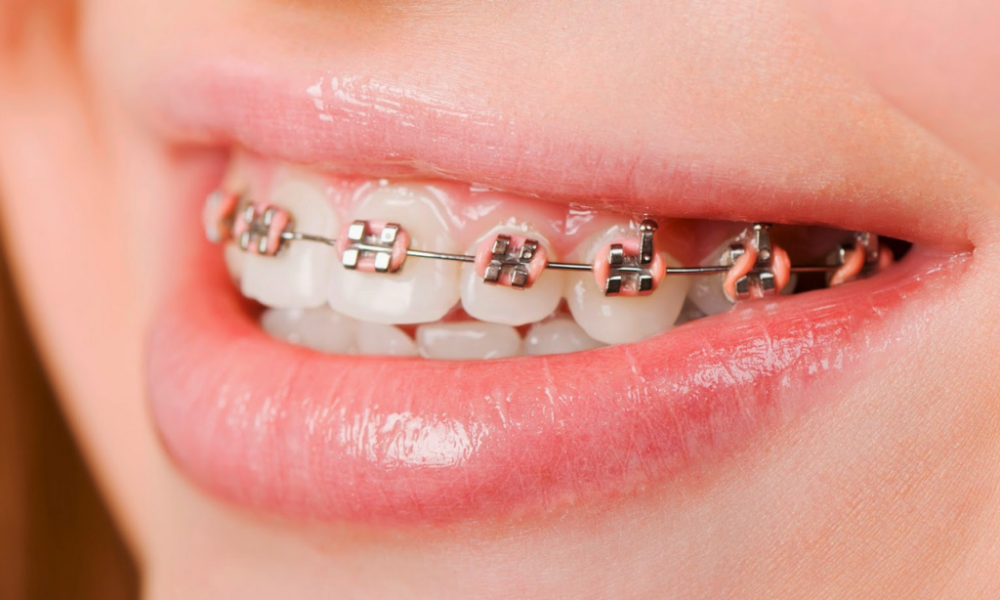You may have heard about Invisalign and wondered if those clear aligners are right for your smile. Invisalign can straighten teeth for many people, but the results do depend a lot on the patient. So who is actually a good fit for Lincoln Park Invisalign treatment? Read on to see if you check all the boxes.
Your Case Isn’t Too Severe
Invisalign works best for mild to moderate cases. The aligners can straighten crooked teeth or fix small spaces and overlaps. But if your case is complex with very crooked teeth or large gaps between teeth, traditional braces may work better. Cases needing detailed changes in the bite are also less ideal. If your orthodontist says your case is too difficult for Invisalign, it’s best to take their advice. Don’t push for a treatment that may not give you the results you want.
You’re Committed to Wearing the Aligners
Invisalign only works if you actually wear the aligners. You’ll need to wear them for 20 to 22 hours per day. Every week or two you’ll switch to a new set to keep adjusting your teeth. If you have trouble remembering, or you tend to lose things, you may struggle with wearing your aligners consistently. Being committed to your treatment schedule is key. Otherwise, your progress can stall out.
You Have Healthy Oral Hygiene Habits
Along with wearing aligners, you need to brush and floss daily. Trapped food under the aligners risks tooth decay and gum disease. Patients with existing dental issues tend to struggle the most with Invisalign. Make sure to schedule regular dental cleanings as well. Showing you already know how to care for your smile is the best way to prepare.
You Don’t Play Contact Sports
The thin clear aligners are convenient and discreet, but more prone to damage. Sports like boxing or football can easily crack or bend the aligners when they take a hit. And good luck trying to wear a mouthguard over Invisalign! Stick to non-contact exercise instead or consider traditional braces for added durability. Removing aligners for sports is an option, but consistency is still key.
You Can Adjust Your Diet
Once you start Invisalign treatment certain sticky, chewy, crunchy foods become off-limits. Things like caramel, popcorn, nuts, apples, and corn on the cob can damage aligners over time. You’ll need to cut foods into bite-sized pieces and remove aligners before eating whenever possible. If snacking constantly or eating full meals with braces sounds frustrating, then Invisalign’s impact on your diet is worth thinking over.
You Don’t Mind Follow-Up Appointments
Expect quite a few orthodontist check-ins with Invisalign, at least every 4 to 8 weeks. Your treatment plan can take over a year with new sets of aligners swapped in at many of those visits. It’s a bigger time commitment than getting braces on and leaving them alone for months. Being a busy professional or parent can make all those appointments tough to keep. Make sure you know what you’re getting into!
While Invisalign offers an aesthetic advantage over metal braces, looks shouldn’t be everything. Make sure you fully understand the requirements and limitations before deciding Invisalign is right for your smile. An honest talk with your orthodontist is the best way to set your expectations and plan a treatment routine you can realistically follow. If you put in the work, those straight teeth could be yours! But it does mean meeting Invisalign halfway with the proper habits and mindset.

